Kubrick's Innovations
Kubrick was just as much an inventor as a filmmaker. From predicting the modern tablet and defining the aesthetic of space exploration a year before the Moon Landing, in 2001: A Space Odyssey (1968), to the use of NASA-manufactured lenses to film by candlelight in Barry Lyndon (1975).

The Newspad, a precursor to the electronic tablet. 2001 A Space Odyssey, directed by Stanley Kubrick Still image. © Warner Bros. Entertainment Inc.

A Zeiss-manufactured lens for NASA was used to film by candlelight. Barry Lyndon, Directed by Stanley Kubrick © Warner Bros. Entertainment Inc.
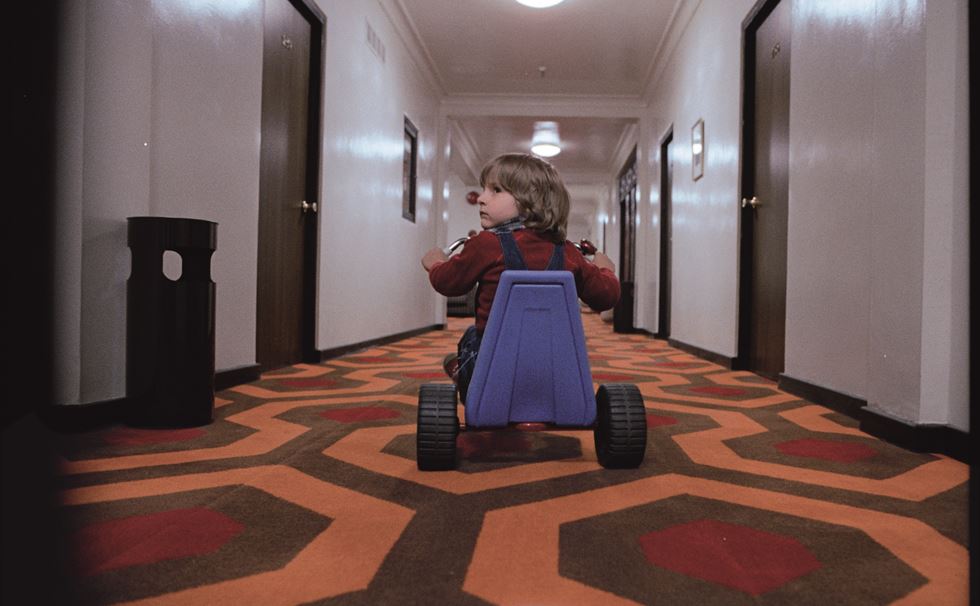
Kubrick used the newly invented Garrett Brown Steadicam to glide through the halls of The Shining hotel. The Shining, directed by Stanley Kubrick © Warner Bros. Entertainment Inc. rs
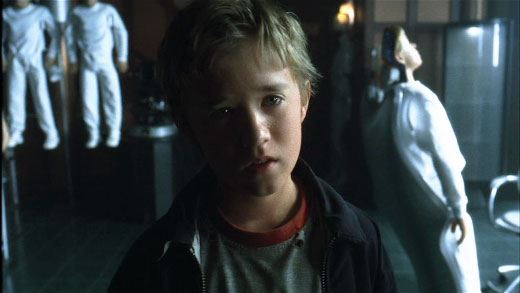
Kubrick spent years researching artificial intelligence for the film A.I. which was eventually directed by Steven Spielberg.
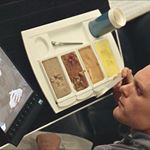
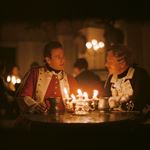
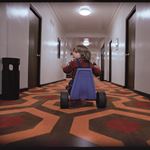
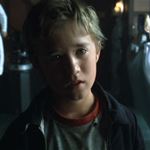
What to see in the exhibition
See a detailed model of the Centrifuge-set that Kubrick had developed for 2001: A Space Odyssey and the original Centrifuge Control Panel prop – the only known remaining item from the original set.
See the famous f/0.7 lenses developed by Zeiss for NASA and used to film Barry Lyndon by candlelight. Plus original drawings of robots and sets for A.I. (Artificial Intelligence), which had been developed by Kubrick since the early 1970s, before being handed to Steven Spielberg who released it in 2001.